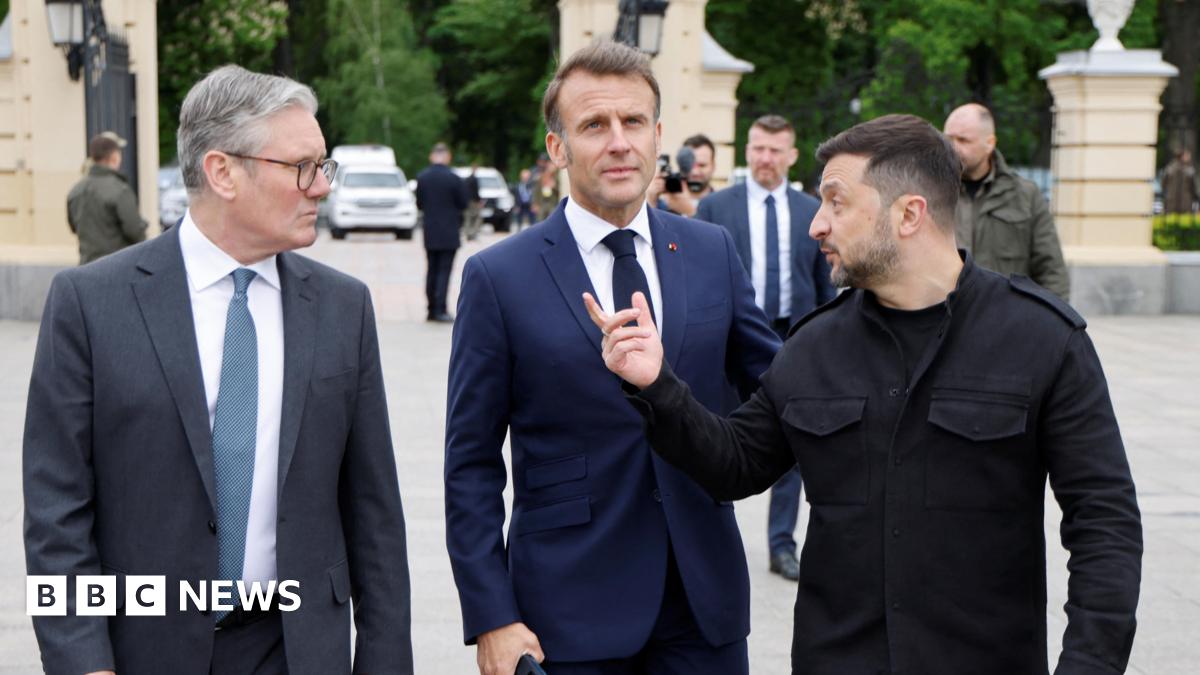“Things have moved very significantly and quite quickly to a timetable that no one was expecting,” one European official said.
“The US sees this as a moment to strike while the iron is hot. Our question is what are we trying to achieve here?”
They added: “The European position has long been that Putin needs to show a genuine desire to get around a table and stop the war, and that would involve a ceasefire. But since Friday we have moved on from that. The question now is how we can get out of today without a blow-up. This is a moment of extreme jeopardy.”
The aim for European leaders, diplomats say, is to shift White House thinking on two issues.
One, the idea that peace can be achieved simply by Ukraine ceding the Donbas to Russia. And two, that this is not just about the future of Ukraine.
“This is fundamentally about the security of our continent,” one British diplomat said.
In other words, any discussion about security guarantees – as part of a final deal – would be about ensuring the wider security of Europe and not just Ukraine.
That means convincing Trump of two things: one, that questions about territory and security guarantees cannot be separated, and two, that security guarantees must be about more than verbal or textual promises.
US negotiators have talked about giving Ukraine as yet ill-defined Nato-style assurances that the west would come to Kyiv’s aid against future Russian aggression.
“Nobody is clear what Trump means about a security guarantee,” one official said.
“He believes that him simply saying to Putin “don’t attack” is enough. That’s not good enough for Ukraine or us.”
